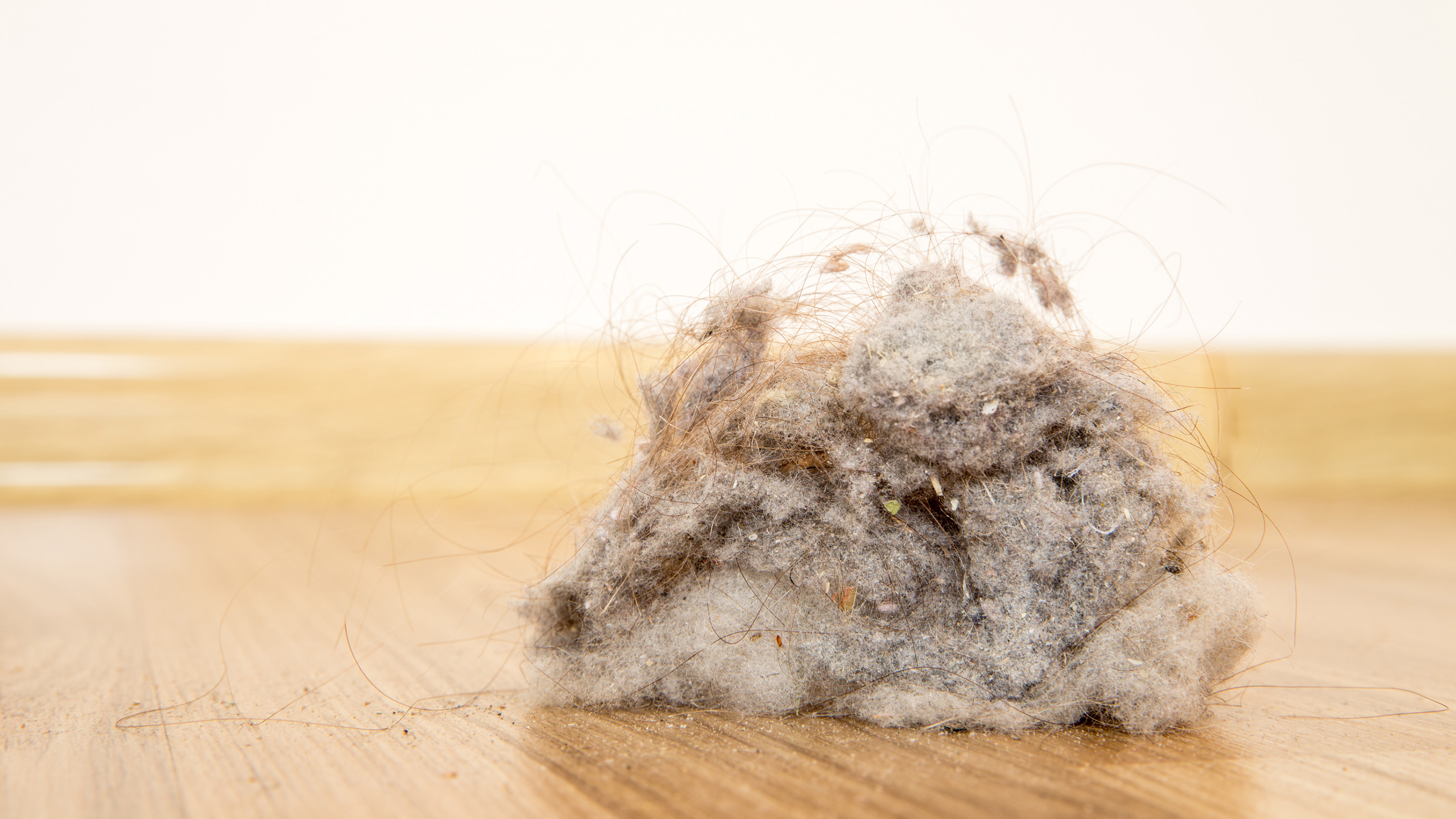
Is house dust mostly dead skin?
That's just a little bit true.

When you're tackling the baseboards with a dust cloth, is what you're mopping up mostly your own dead skin?
There's a myth that house dust is mostly human skin, but luckily, it's only a little bit true. Skin cells are part of the makeup of house dust, but there are a lot of other components in that layer on top of your ceiling fan blades. These include paint, fibers, mold, hair, building materials, pollen, bacteria, viruses, insect body parts, flakes of skin, ash, soot, minerals and bits of soil, according to the Canadian Centre for Architecture.
That list is based on the Canadian Dust Study, in which researchers collected dust samples from 1,025 Canadian homes in order to quantify the prevalence of lead. The proportions of each of the components vary from household to household. A newly built home, for example, might have a lot of drywall dust or other dust from construction still floating around. A house near a busy road is likely to harbor a higher level of outdoor pollutants from car exhaust compared with a home in the middle of nowhere. In the Canadian Dust Study, older homes generally had higher levels of lead in their house dust, no surprise given that lead paint and leaded gasoline were phased out in the late 1970s.
The commonly cited number that 70% or 80% of house dust is human skin is likely not true for most houses, however. According to a 2009 study of house dust in the U.S. Midwest, 60% of the components of the dust came from indoors, and 40% came from dirt and other materials tracked in from outside. That indoor 60% included everything from organic fibers to building materials, not just shed skin.
People do drop a lot of skin cells as they go about their business. According to the American Chemical Society, the average adult loses about 500 million skin cells each day, or 0.001 to 0.003 ounces (0.03 to 0.09 grams) of skin flakes an hour. In fact, according to Mary Roach's "Packing for Mars" (W.W. Norton & Company, 2011), part of the preparations in the 1960s to send humans to the moon involved having test subjects avoid bathing for two weeks to simulate potential problems that might result from the accumulation of skin and oils inside a tiny space capsule. (Commander Frank Borman of the Gemini 7 mission, a 14-day practice orbit for the moon mission, did report a buildup of skin cells on his scalp, but his crewmate astronaut Jim Lovell told Roach that there were no problems with floating zero-G skin cells in the craft.)
Not all dead skin flakes slough off onto your home's floors, however; many bits run down the drain in the bath or shower, and others are contained by clothing and end up rinsed out in the washing machine.
It may not be such a bad thing to have a light dusting of discarded skin in your home. One 2011 study found that higher levels of cholesterol and squalene (oils found in dead skin) in dust were associated with lower levels of ozone indoors. Ozone is a pollutant that can cause lung irritation. Ozone reacts with oils like squalene and cholesterol, though, and the 2011 study found that squalene in dust can reduce indoor ozone by between 2% and 15%.
Sign up for the Live Science daily newsletter now
Get the world’s most fascinating discoveries delivered straight to your inbox.
Originally published on Live Science.

Stephanie Pappas is a contributing writer for Live Science, covering topics ranging from geoscience to archaeology to the human brain and behavior. She was previously a senior writer for Live Science but is now a freelancer based in Denver, Colorado, and regularly contributes to Scientific American and The Monitor, the monthly magazine of the American Psychological Association. Stephanie received a bachelor's degree in psychology from the University of South Carolina and a graduate certificate in science communication from the University of California, Santa Cruz.









